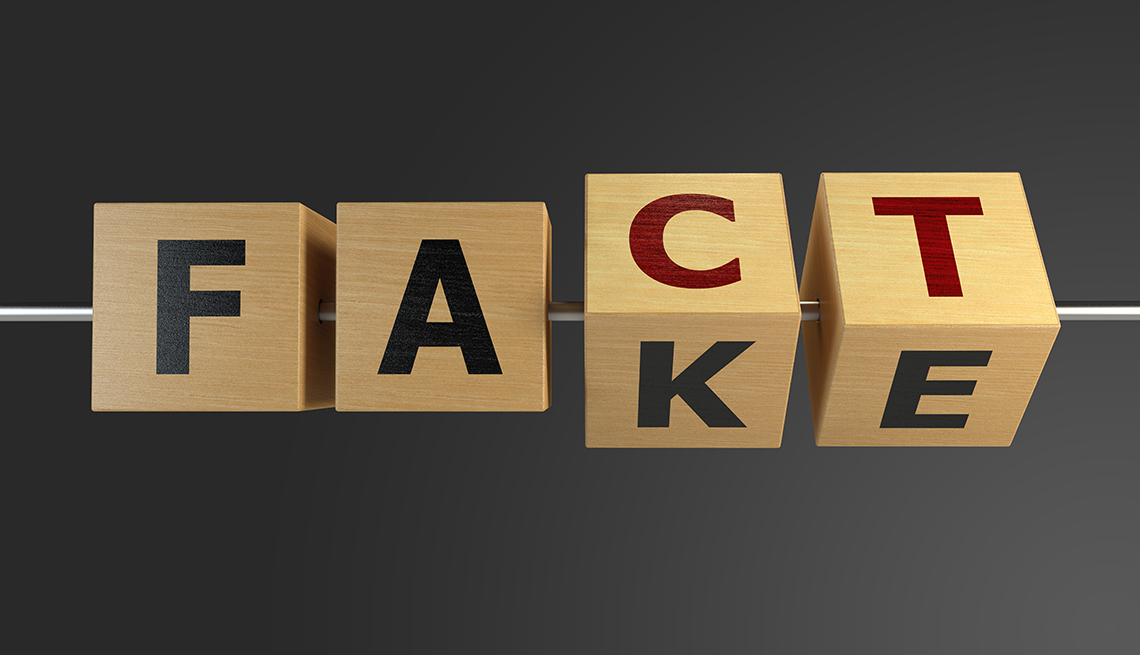
Tips on how you can spot inaccurate news
- Select a language for the TTS:
- UK English Female
- UK English Male
- US English Female
- US English Male
- Australian Female
- Australian Male
- Language selected: (auto detect) - EN
Play all audios:

Not too long ago, most American households subscribed to a newspaper, watched the news on one of three networks and maybe read a newsmagazine. Which meant most of us got a consensus view of
the world each day. As of 2018, however, only 16 percent of Americans read a printed newspaper. While TV remains a major news source, it is spread over far more stations with vastly
different coverage and perspectives. The biggest change is how our news consumption has shifted online; today about half of Americans get the news via Facebook, the world's largest
social media site. But staying informed online has its risks. Unlike a print publisher, a digital news provider can observe and store your every news choice, how long you interacted with it,
whether you shared it and what you did after viewing it. With such data, it can filter what you see, showing you more content that aligns with your worldview — essentially putting you in a
news bubble. Sometimes filtering leads consumers to made-up news — 5G cellphone towers found to cause COVID-19! Drinking bleach kills the virus! Facebook has taken steps to identify such
hoaxes, but more are posted every day. And they get millions of likes. Fact-checkers, journalists and digital media experts share simple ways you can inspect what you are reading for
accuracy and validity: THE BYLINE Do a web search for the writer's name, says Cristina Tardáguila, associate director of the International Fact-Checking Network. If a common name, add
“journalist” or “writer” to the search. (No author cited? That's an immediate red flag, she notes.) The writer's articles should appear in the search results, along with a LinkedIn
profile or a verified Twitter account. You'll tell quickly if this author has credibility. THE HEADLINE “Seventy percent of people don't read beyond the headline on articles they
share,” says Emily Bell, founding director of the Tow Center for Digital Journalism at Columbia University. Manipulators use that to their advantage by creating clickbait headlines that
distort a story's truth. Read the whole story before liking it or sharing it (or believing it). THE SOURCES Research an article's sources, says Jon Greenberg, senior correspondent
at the fact-checking site PolitiFact. A quick search can reveal whether people, studies, surveys or reports that provide evidence for the news story have political or business affiliations.
Having these affiliations can be fine, but you'll benefit from knowing who and what they are. THE CALL TO ACTION If there is language urging you to take some action — send money, join
an organization, share the report or simply “click this link” — be highly cautious, Bell notes. Reporting should provide facts and insight, and be clear in its intent and transparent in its
sourcing. Articles that sell or promote something often are not truly unbiased; a fervent push to have you click on a link could even signal fraud.
